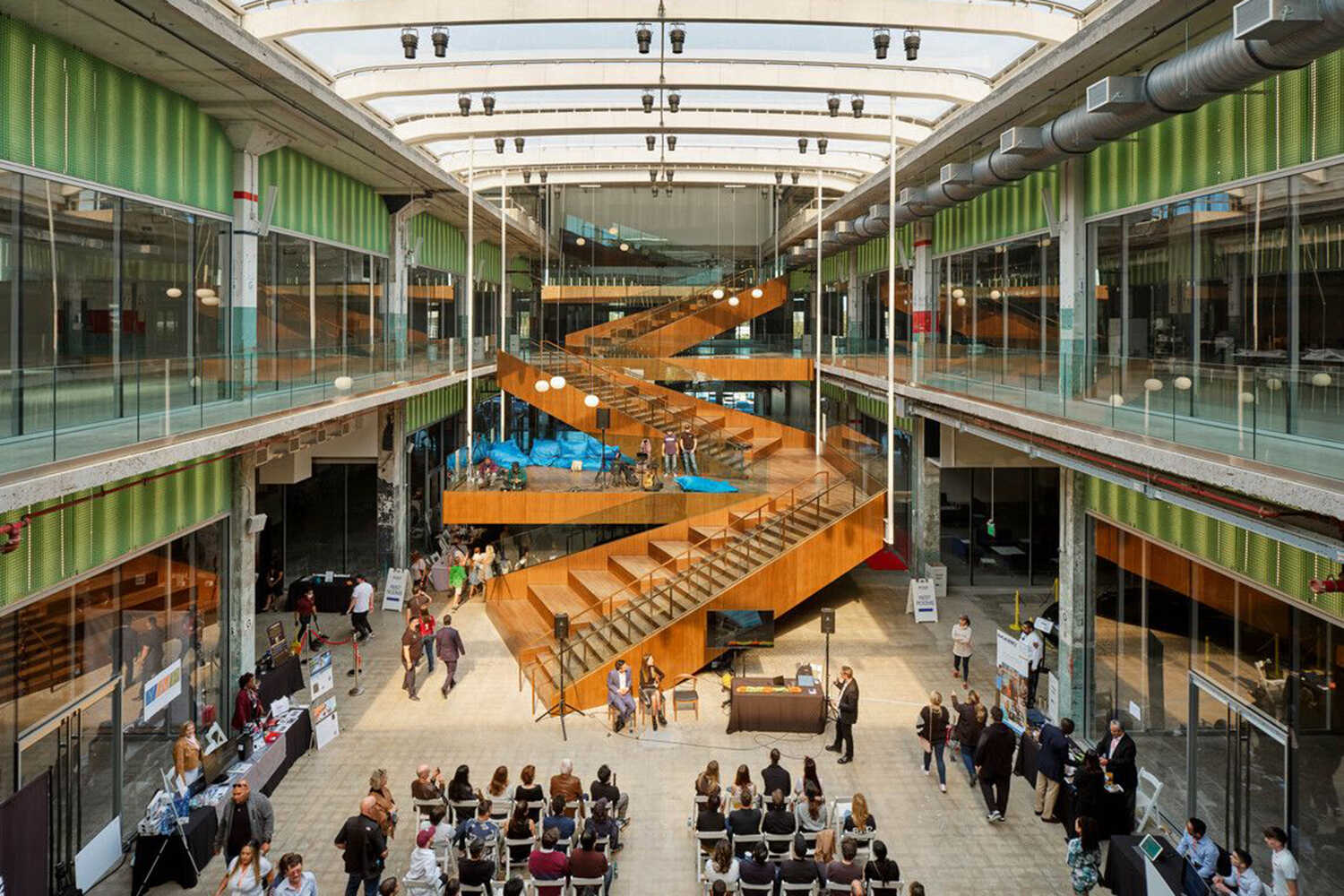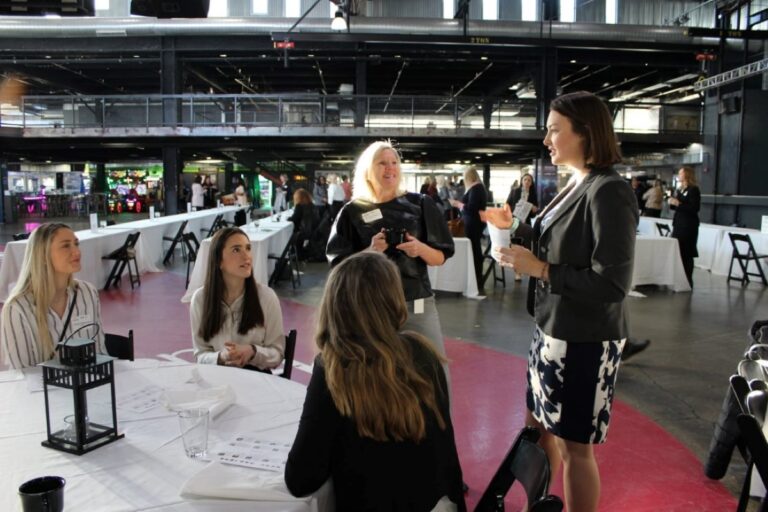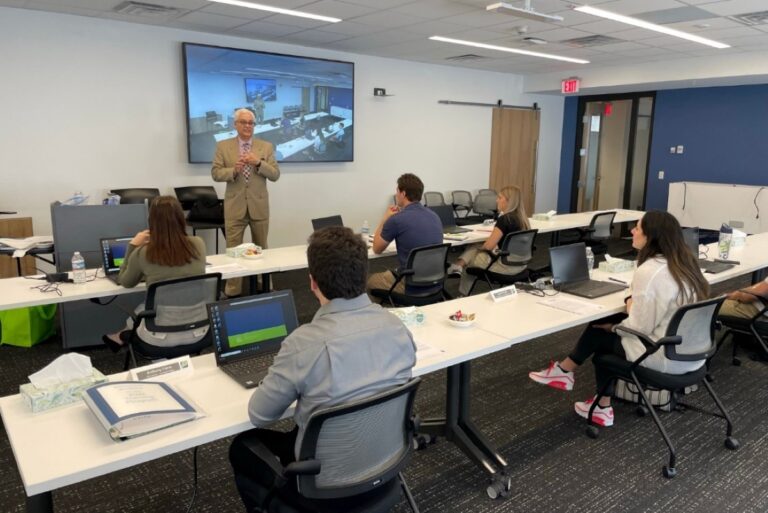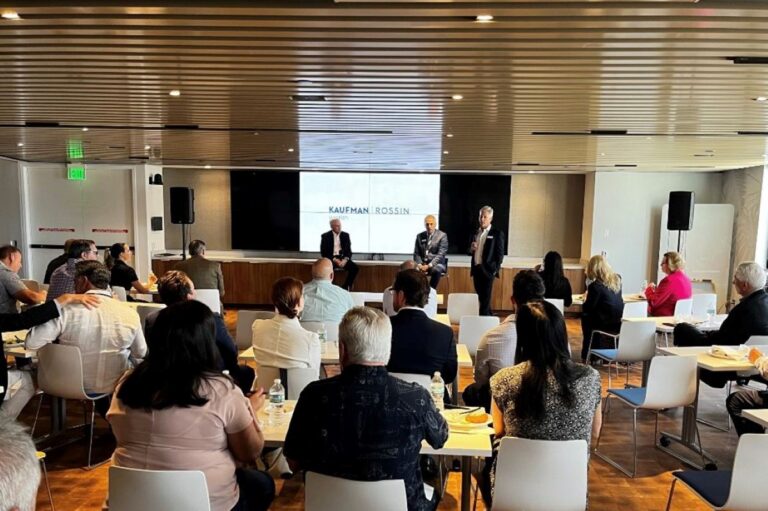How Retailers Can Play Off the Strengths Given the Surge of E-Commerce?
What is the impact of e-commerce on brick & mortar stores? Originally appeared on Quora: the place to gain and share knowledge, empowering people to learn from others and better understand the world.
At this point, we all realize that a brick-and-mortar store has to have an online equivalent. With that in mind, I think e-commerce overall has had a positive impact on brick and mortar stores specifically when retailers use both channels in tandem.
There are many ways for retailers to play off the strengths of both e-commerce and the in-store experience to enhance all channels:
- Offer competitive prices. Your brick and mortar store has to offer both the cheapest prices and the best retail experience to draw shoppers away from online alternatives.
- Provide unparalleled customer service. By making customers feel welcome and appreciated, a retailer can hone one aspect of shopping that online stores can’t provide.
- Use both storefronts to boost conversions. Give incentives at both storefronts to encourage shoppers to use online and offline shopping alternatively.
- Buy Online Pickup in Store (BOPS). This feature assimilates the online and in-store shopping processes and lets the consumer benefit from the advantages of both online and in-store shopping.
Other ways e-commerce has positively affected in-store shopping include:
- Reverse showrooming. This refers to when shoppers go online to research a product, but ultimately go to a brick and mortar store to make the purchase.
- Opening the market. Having an e-commerce site lets you sell internationally, and alerts shoppers to smaller stores that can offer a more personalized shopping experience.
E-commerce naturally has drawn people away from brick and mortar stores because:
- Online options are no longer optional. E-commerce pushes retailers into restructuring their business to include an online storefront at risk of losing customers.
- Around the clock consumerism. Retailers have to set up the infrastructure to engage customers 24/7, because online shoppers are attracted to its constant accessibility.
- Stiffer competition. Suddenly a retailer isn’t only competing with other local stores, but also with national and international competitors.
- Showrooming. Showrooming refers to the popular trend of checking out items in store, and then purchasing the item for a cheaper price through an e-retailer.
These realities do exist, but I think they’re outweighed by all the potential to use online and in-store infrastructures in tandem with one another. The new direction of retail gives us all an opportunity to creatively use all physical and digital platforms at our disposal to improve the retail experience.
Contributed by Lizzi Goldmeier, e-commerce and payments savvy, I work at Zooz









